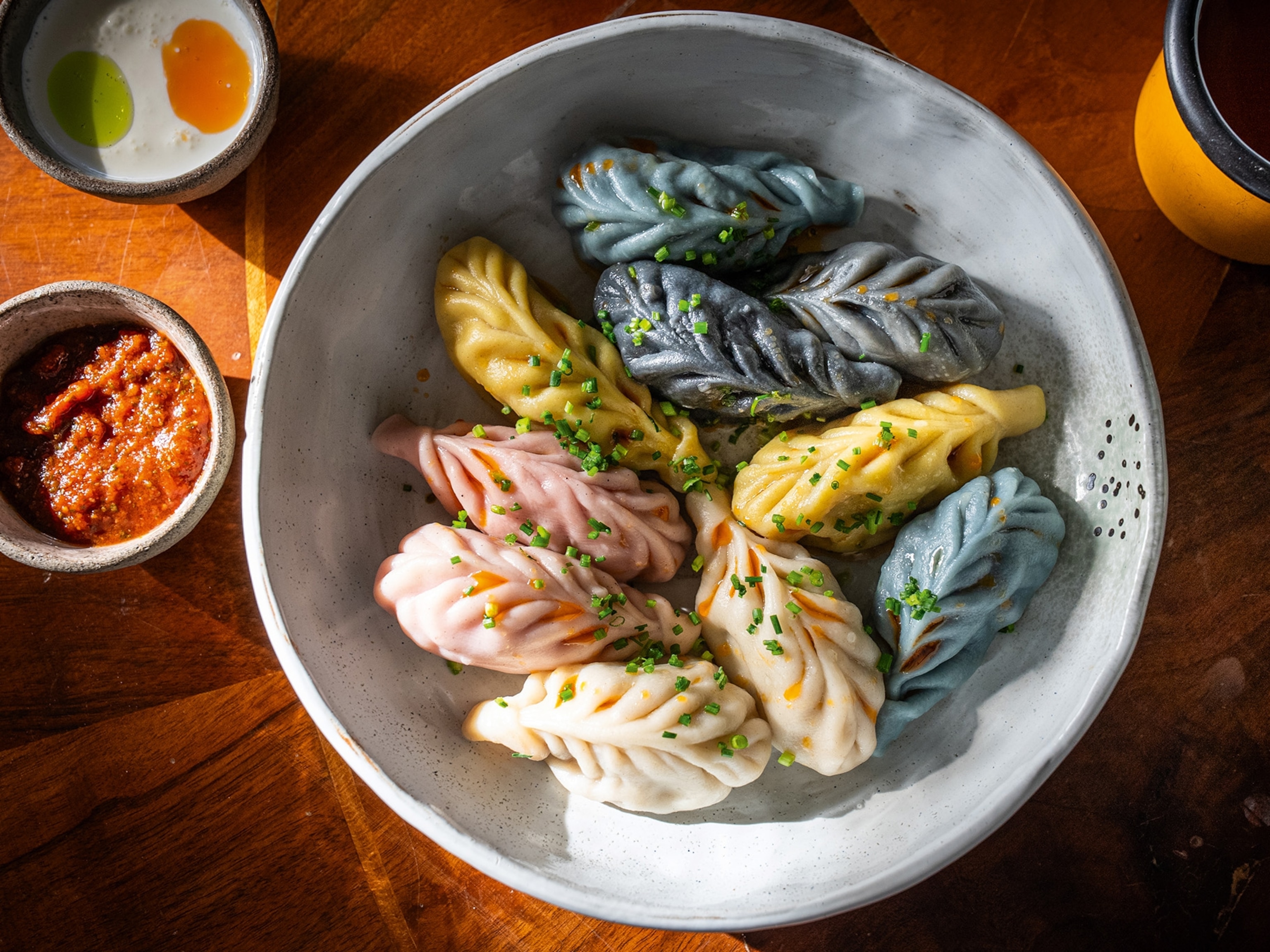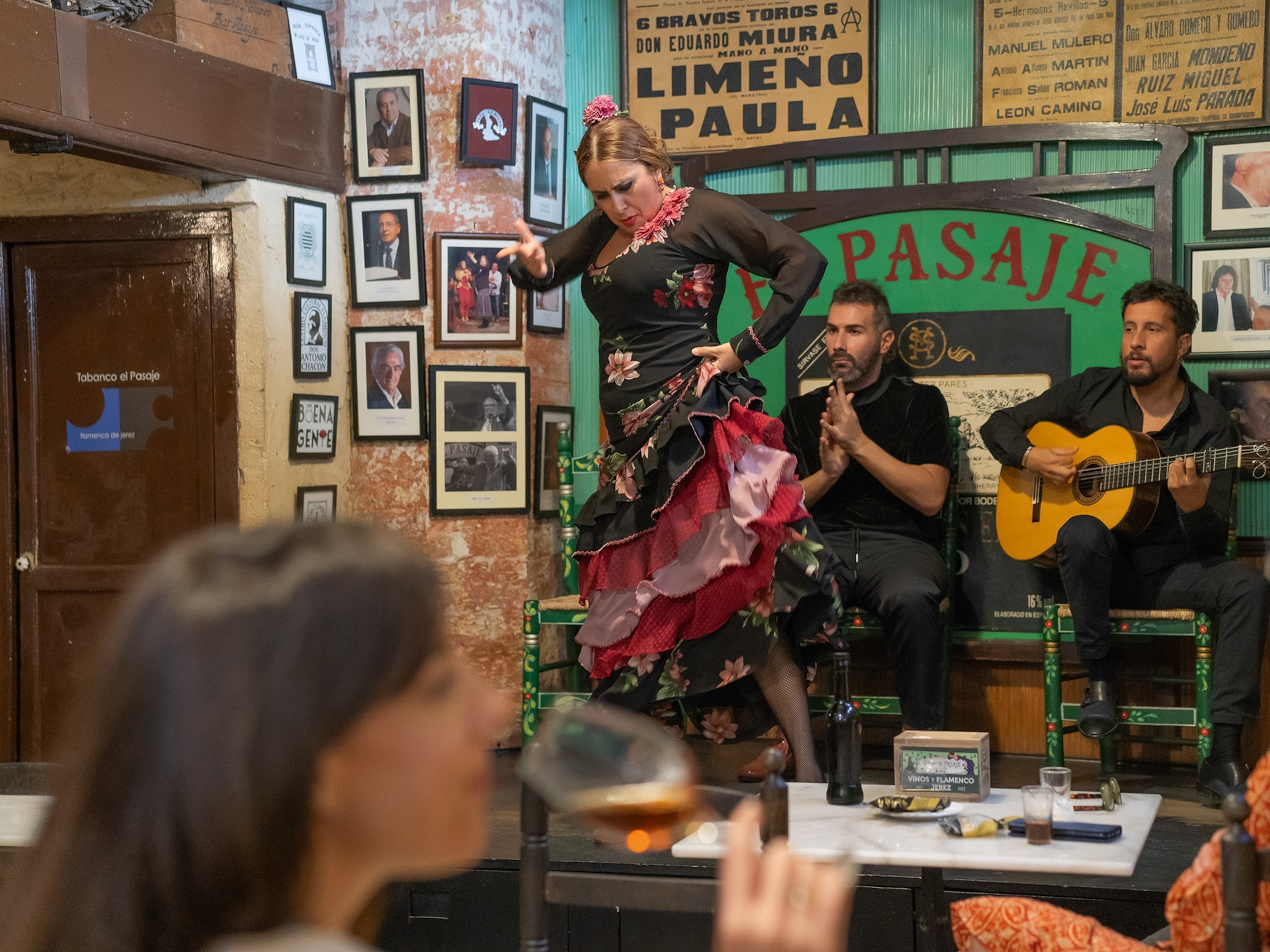
Diving into a Cypriot kitchen: Interview with Georgina Hayden, author of Taverna
More than a decade in the making, Georgina Hayden’s second book, Taverna, is full of recipes that celebrate her Greek Cypriot heritage. She tells us how childhood memories have shaped her cooking
How did you come to work in food?
I grew up in a very food-driven household. Both sets of grandparents had emigrated from Cyprus in the late 1950s, and my mum’s parents opened one of the first Greek Cypriot delis in London, importing traditional ingredients. My dad’s parents opened a Cypriot tavern, which they ran for almost 30 years, and I was born above the restaurant, so most of my early memories revolve around it. When I was a teenager, I set up a stall in my local London farmer’s market. After finishing a fine art degree, I realised I wanted to work in food, and eventually I got a job as part of Jamie Oliver’s food team. I stayed there for 12 years, working on books, TV shows and campaigns — it was a dream job, but eventually I left to go freelance, and my first book, Stirring Slowly, came out almost three years ago. Taverna is my second.
What are your earliest food memories?
Everything that was made in the restaurant by both my yiayias [grandmothers]. Keftethes — little deep-fried meatballs — were my favourite, and I can still polish off a plateful. My maternal yiayia makes the best koupepia [stuffed vine leaves], and even now, whenever I visit, she always has a cake in the kitchen — something she’s just rustled up. Because she spends a lot of the year fasting for religious holidays, she often makes vegan cakes, and uses a lot of carob [sweet, roasted pods from the carob tree] and tahini. Where she’s from in Cyprus — a village near Limassol — they produce wonderful carob, so you’ll always find bottles of it in her kitchen. My grandparents’ London restaurant was the hub of our family for many years: a large, traditional taverna, with plastic strip curtains, a huge grill for all the meat, and plastic grapes hanging from the ceiling.
How has your Greek-Cypriot heritage influenced how you cook?
For a long time, I didn’t realise how much my family influenced my life — I assumed all families were food-driven. Since then I’ve learned it was a pretty special childhood. Cooking was, and still is, instinctive — there are no written recipes, and my mum and yiayias would cook whatever was in season. We have a bit of land in Cyprus, and even into his 70s, my grandad grew and pressed his own extra virgin olive oil. We had an endless supply. In Greek Cypriot families, there’s always soulful, nourishing food, and always enough to feed at least 20 people. I still make far too much today.
What would you say are the main characteristics of Greek Cypriot food?
It’s a mix of traditional Greek food with a heavy influence from Turkey and the Middle East. We love meze, so there will always be salads, dips and breads, and there’s always yoghurt — Cypriot yoghurt is more tangy than its Greek sister. We love herbs and spices; our chopped salads are laced with fresh coriander, and our roast potatoes with coriander seeds. There’s a lot of tahini in both sweet and savoury dishes. And contrary to popular belief, we don’t eat a lot of lamb — a lot of Greek Cypriot food is vegetarian or vegan, but when we do eat meat, it’s mostly pork. Because so much of the year is spent fasting in the run up to religious holidays, we rely heavily on pulses and lentils.
How did you develop the recipes for Taverna?
I started collating them around 13 years ago when I knew I wanted to write this book. I spent as much time as I could with my yiayias, talking to them and watching and learning, and on annual trips to Cyprus I’d impose myself on relatives to cook with them. It’s been a slow process, but I’ve tried hard to capture the essence of traditional Greek Cypriot cooking.
Are all the recipes purely traditional?
I included some more modern ideas, to reflect the kind of food we cook now. The book is a mixture of very true, traditional recipes, and some that have been tweaked so they’re more accessible. My yiayia Martha makes the best tarama [salted and cured fish roe mixed with olive oil and lemon juice] I’ve ever tried, but the roe she uses is almost impossible to find. I didn’t want to include a recipe for something that’s ultimately unachievable, no matter how delicious.
Are Greek Cypriot ingredients easy to source throughout the UK?
Thankfully, most are quite commonplace now: lentils, pulses, tahini, filo, halloumi, even rose and orange blossom water can be found in large supermarkets. I think that’s one of the great things about Greek Cypriot food — it’s familiar to many.
Published in issue 5 of National Geographic Traveller Food
Follow us on social media
Twitter | Facebook | Instagram | Flipboard





